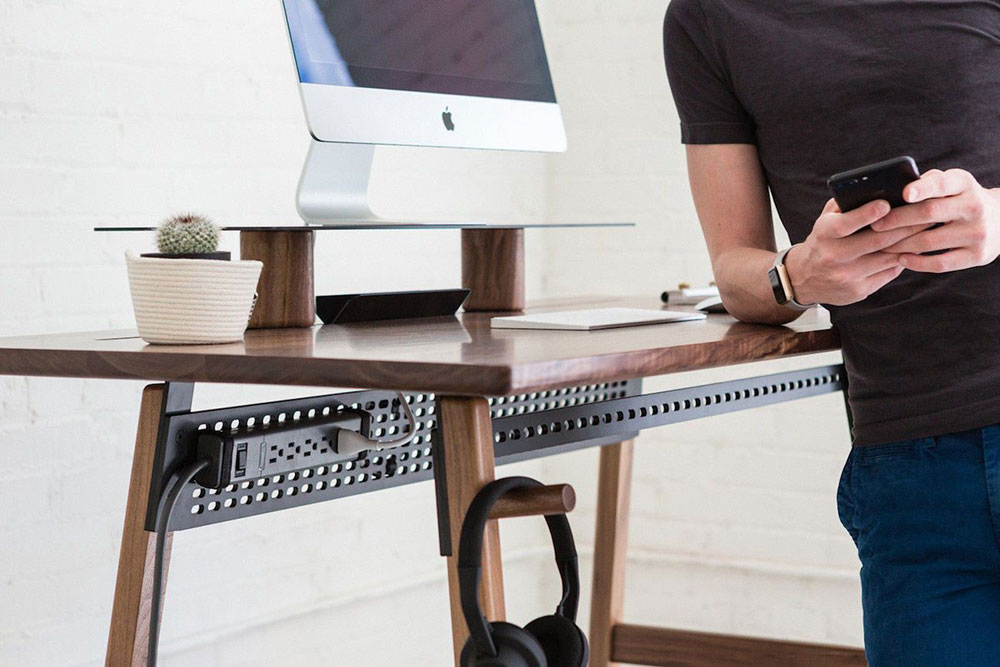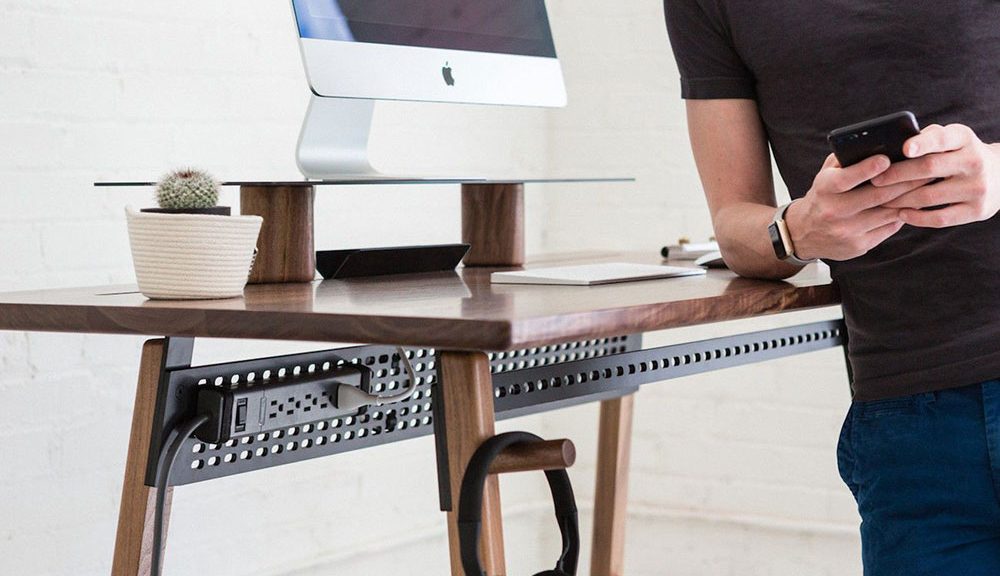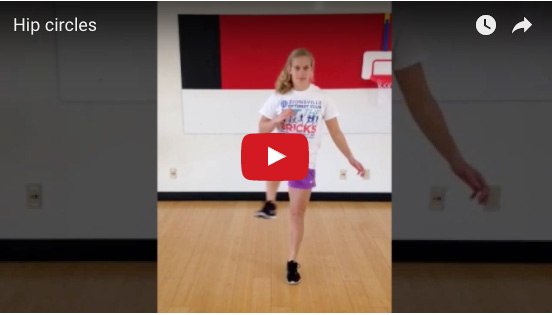
Have you ever heard the saying, “Sitting is the new smoking?”
Mayo Clinic specialist Dr. James Levine coined this phrase to illustrate how prolonged sitting is harmful.
One of the downsides to our information-driven world is that so many careers involve long periods of sitting. So many activities – driving, traveling, socializing, studying and working all involve sitting. How did we end up here? Is there some way to mitigate the harmful effects that come with sitting on our backsides for prolonged periods each day
The adverse effects of prolonged sitting have come to the attention of many employers. So much so that many office furniture manufacturers now produce desks that can be easily lowered or raised throughout the workday. Even if you do not have access to a sitting/standing desk, many cubicles have two work surfaces, it is quite simple to raise one surface for standing while keeping the other for sitting and then switch positions throughout the day.
Dr. Kelly Starrett is a successful physical therapist, owner of San Francisco Cross Fit, and founder of the Mobility Project. Dr. Starrett has made it his mission to give people a solution to this problem.
Check out the video below to learn about the standing desk. Switching to a standing desk can help you become more productive and successful.














